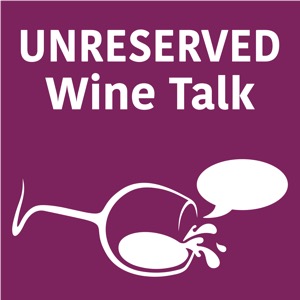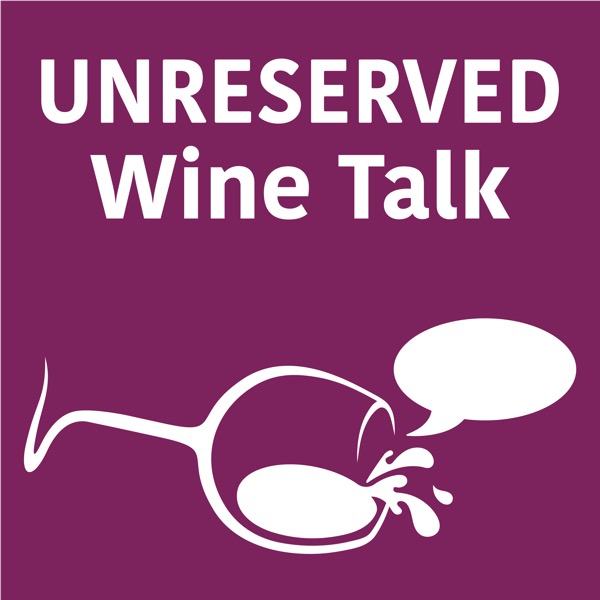330: The Surprising Science of Booze and Wine with Adam Rogers
Unreserved Wine Talk - A podcast by Natalie MacLean - Wednesdays

Categories:
How does language about wine impact the way we experience and enjoy wine? How does reporting on alcohol science compare to other scientific topics? Why can yeast be described as a nano-technological machine? In this episode of the Unreserved Wine Talk podcast, I'm chatting with Adam Rogers, author of the New York Times bestseller Proof: The Science of Booze. You can find the wines we discussed at https://www.nataliemaclean.com/winepicks Giveaway One of you is going to win a copy of his terrific new book, Full Spectrum: How the Science of Color Made Us Modern. To qualify, all you have to do is email me at [email protected] and let me know that you’ve posted a review of the podcast. I’ll choose one person randomly from those who contact me. Good luck! Highlights What was Adam’s experience at a fancy restaurant in Chicago where food critic Jeffrey Steingarten was a fellow patron? How did a New York restaurant experience expose Adam to the wild science of winemaking? Why did Adam nearly have an existential moment while writing about the science of grapes? How does reporting on alcohol science compare to other scientific topics? Which moments did Adam want to capture in the book? What were the most surprising insights Adam uncovered while writing Proof and what was the most difficult part of writing it? Why does Adam describe yeast as a nano-technological machine? Which facts about yeast did Adam find fascinating? What have archaeologists discovered about the role of alcohol in early human civilization? Which cultural approach to alcohol consumption did Adam find most interesting? How do modern brewers and distillers safeguard their yeast? Key Takeaways Adam recounts the story of the couple sitting next to him ordering a dessert wine. The diner asked, “Is that a Vin du Glacier or a noble rot?” The two different ways to make a sweet wine. Just the fact that the diner was informed enough to know that there were these two methods would have a bearing on what he would be tasting. Here was this person operationalizing that interest to make his meal better. He wanted to have more fun. If you're reporting on science, you have the scientists trying to understand something new or reinterpret understanding and then there are people who that's going to affect. With winemaking, you have practitioners who are often not themselves, scientists. So they are craftspeople in a stakeholder role too. Louis Pasteur said I think there is an impossibly small, invisible, living creature that eats sugar and poops alcohol, and so the best chemists in the world at that time looked at that as a hypothesis and said, You're nuts. Nobody knew how inert chemicals could be alive. Nobody knew what the connection was. Those things are enzymes and understanding what enzymes do in a living body, that's what gave rise to biochemistry, and ultimately gave rise to biotechnology. That one insight. About Adam Rogers Adam Rogers is a senior correspondent at Business Insider, where he writes about technology, culture, and the ways they overlap. Prior to joining BI, Adam was a longtime editor and writer at WIRED, where his article “The Science of Why No One Agrees on the Color of This Dress” was the second-most-read thing on the entire internet in 2015. Adam’s WIRED feature story on a mysterious fungus that grows on whisky warehouses won a AAAS/Kavli science journalism award — and led to his 2014 New York Times bestseller Proof: The Science of Booze. Adam is also the author of the 2021 book Full Spectrum: How the Science of Color Made Us Modern. He has also written for Alta, the Atlantic, National Geographic, the New York Times, Slate, and Smithsonian, and may be the only journalist to attend both San Diego Comic-Con and the White House Correspondents Dinner. To learn more, visit https://www.nataliemaclean.com/330.
